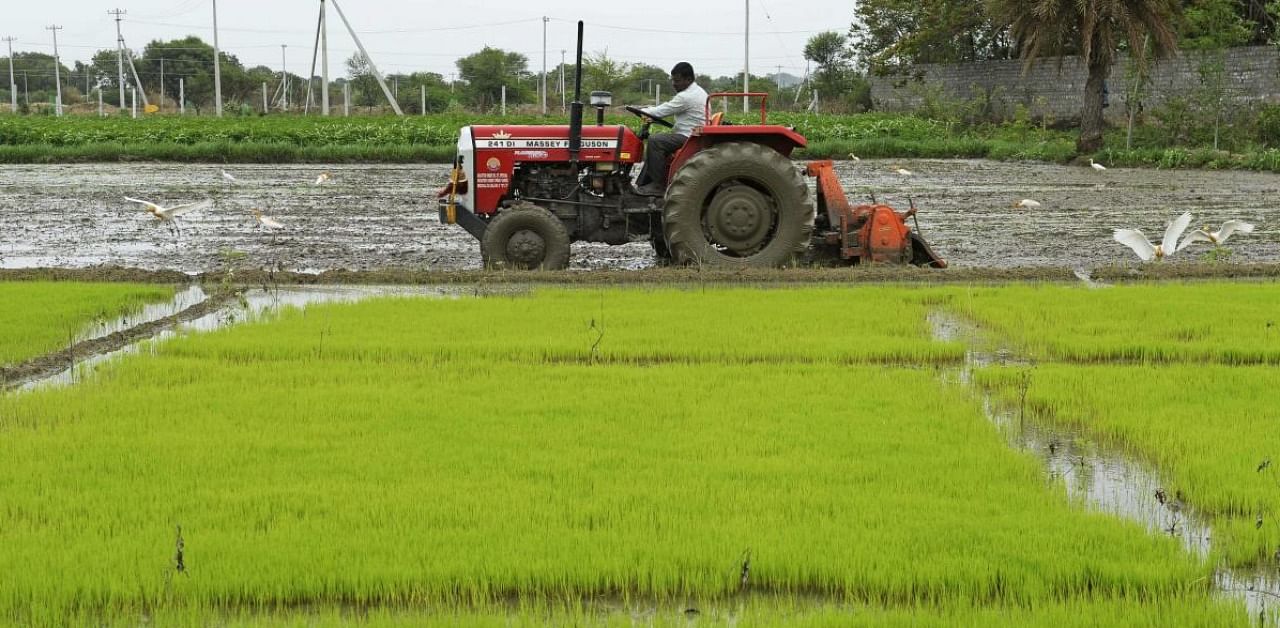
The Karnataka Biodiversity Board has decided to recommend a geographical indication tag for two varieties of paddy, including 'Rajamudi', declare seven fish sanctuaries and also recognise four hills as state biodiversity hotspots.
Recommendation will be made for geographical indication (GI) tag for two varieties of paddy -- Kaggabhatta in Kumta, Rajamudi from Hassan - and 'Kare Eeshadu', a variety of mango from Ankola. Previously, the Karnataka Agricultural Price Commission, had worked for getting GI tag for Rajamudi, the rice patronised by the royal famly of Mysuru, hoping to build a brand for the rice grown in the old Mysuru region.
The decisions were made at the Board meeting on October 22, where officials decided to work with the Fisheries Department to open aquatic sanctuaries at seven strategic places with rich diversity of fish in Karnataka. This is in addition to the eight fish sanctuaries already declared.
The board decided to declare the Adinarayanaswamy Hill in Chikkaballapur District's Gudibande Taluk as a state biodiversity heritage site in recognition of its flora. The Mahimaranga Hill in Nelamangala, Antaragange Hill in Kolar will also get the same treatment. The board will also recommend that the Shakunagiri Hill in Chikmagalur be added to the nearby Hogrekan Giri Biodiversity Heritage spot.
Urumbi, an area on the banks of Kumaradhara river in Dakshina Kannada district, has been recognised as a vulnerable biodiversity site and a declaration in this regard will be made soon.
Recommendation will be made to declare the Mundige lake at Sonda village in Sirsi taluk (Uttara Kannada) district, which has been recognised as a host for herons, as a bird sanctuary.
Speaking to DH, Chairman of the Board Anant Hegde Ashisara said funds are required for management and protection of the natural heritage sites. Natural heritage sites play a huge role in conservation of local environments, while recognising their value will help in mobilising funds.